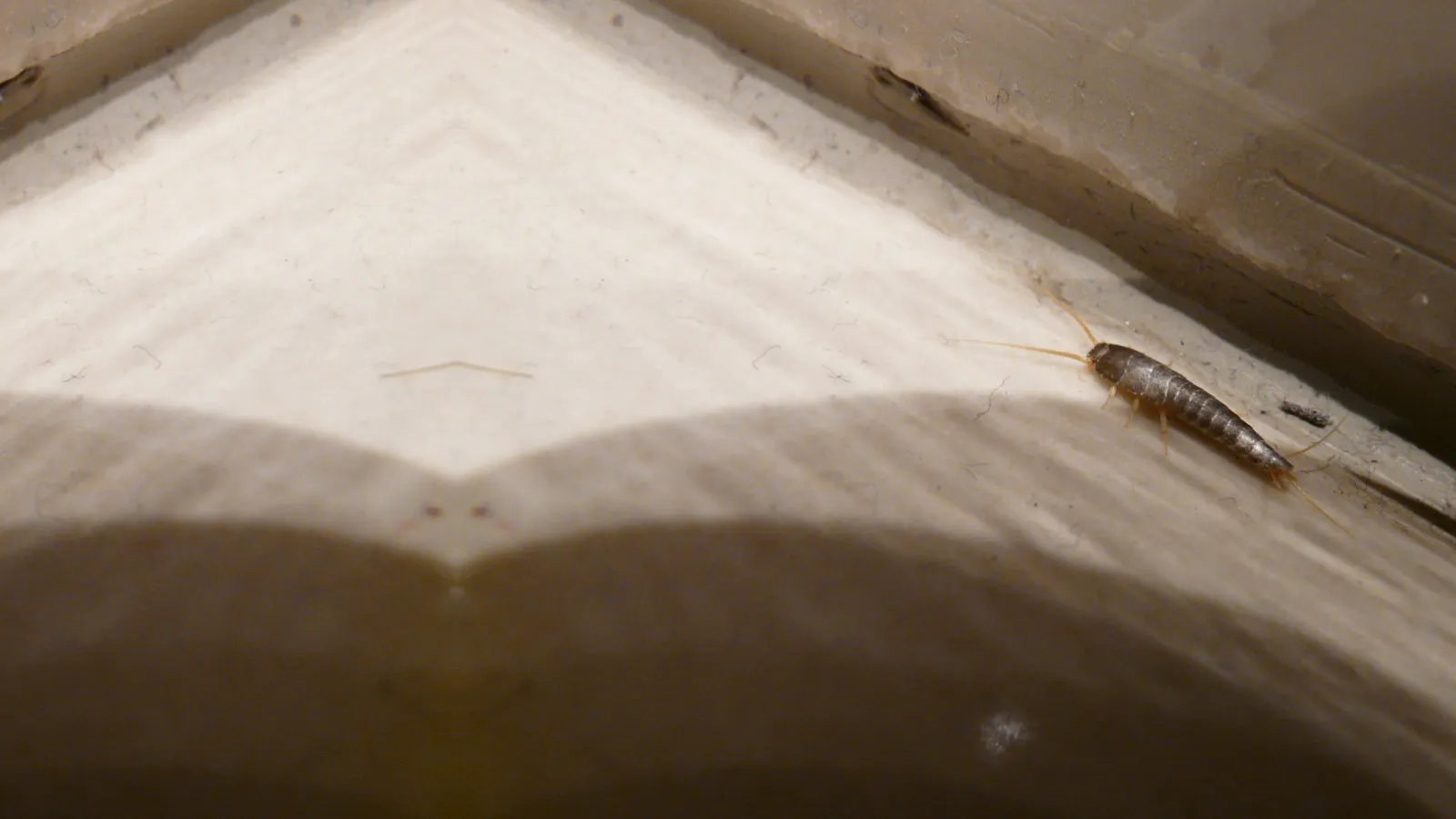
Silverfish
Latin Name: Lepisma saccharina
Silverfish are wingless insects that are millions of years old, making them one of the oldest insects in the world, and this probably explains why they can live in almost any environment. They are a member of the order Zygentoma and love to feed off of your favorite carbohydrate-heavy snacks within your pantry. This insect tends to be white to brown-grey or bluish-silver and 12-19mm long. You can spot these critters by the distinctive three long bristles on their rear.
This insect doesn't feed on humans. However, it can become a burden in the home as these pests can trigger extreme allergies, attract other pests such as carpet beetles, and eat large grains, clothing, upholstery, or paper. However, this insect is not known to carry any pathogens that cause sickness or disease. For the most part, silverfish work at night, making it hard to establish who has been getting into your pantry every night. However, silverfish don't restrict themselves to pantries alone; they also inhabit attics, basements, bathtubs, sinks, and showers. They can survive for a year or more without food as long as water is available. This is most likely another reason why this species has survived so long.
This insect is usually unknowingly brought into your home by transport with cardboard boxes and plastic containers that were recently stored in an infested area. However, they can also sneak into the house through foundation cracks, torn screens, or door gaps. Silverfish are lured in by crumbs, dirty dishes left in the sink, and environments with a lot of moisture and humidity. To prevent a silverfish infestation, sanitizing, opening vents in crawl spaces, and using baseboards with caulking in your basement are important. When dealing with an infestation, reach out to the experts at Palmetto Exterminators so that these insects do not cause damage to your home or family.
Similar Pests: Centipedes, Millipedes, House Centipedes